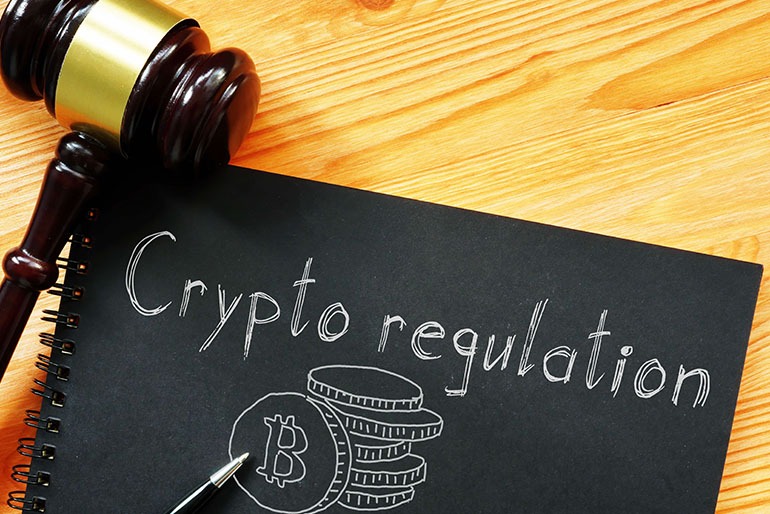Nations Take Divergent Paths as Securities Regulators, Central Banks, and Activity-Based Models Shape Policy Landscape
New Delhi, 13 August 2025
As digital assets edge closer to mainstream finance, the question is no longer if crypto should be regulated – but who should do it, and how. At the heart of this debate lies a deeper question: What exactly is being regulated – and why?
Globally, the picture is becoming clearer. What is being regulated are not just tokens, but an entire ecosystem of trading around Crypto Assets, intermediaries like exchanges and wallet providers, and the underlying risks they pose including investor harm and systemic vulnerabilities. Countries are defining regulatory perimeters to address these specific concerns, and the institutional answers vary widely.
In some jurisdictions, the task has been squarely assigned to securities regulators, reflecting a view that many tokens resemble traditional financial instruments and must comply with investor protection norms. The U.S. Securities and Exchange Commission (SEC) has taken a hard stance here, treating a wide range of crypto assets as securities and cracking down on unregistered offerings. Similarly, Canada regulates digital assets as “investment contracts,” requiring disclosures, registration, and custody safeguards under the oversight of provincial securities authorities. Even Nigeria, through its 2025 Investments and Securities Act, has now brought all digital assets, including Bitcoin, under the Securities and Exchange Commission’s purview.
Other countries have adopted activity-based frameworks, where rules apply depending on what the token does, not just what it is. Australia and Thailand exemplify this approach, using economic function as the yardstick. This brings clarity without shoehorning innovation into outdated categories while still protecting consumers and ensuring fair market conduct.
But elsewhere, it is the central banks who are shaping the regulatory architecture. The reason? A fundamentally different set of concerns. Central banks are cautious of digital assets due to their concerns around monetary sovereignty, capital account management, and financial stability. In Brazil, the central bank licenses and supervises VASPs, ensuring prudential compliance and managing risks to the payment ecosystem. Singapore’s Monetary Authority (MAS) also leads with its Payment Services Act, regulating crypto service providers as part of its broader financial stability mandate.
These differing approaches reflect competing institutional logics. Securities regulators prioritise transparency, investor fairness, and market integrity. Central banks focus on macroeconomic risk, systemic safeguards, and AML/CFT enforcement. The outcome? A global patchwork of oversight models – but a pluralistic evolution of regulatory regimes based on context, capability, and national priorities.
India has yet to clearly define its stance on crypto regulation, and the much-anticipated Discussion Paper holds the key to those answers. What is clear, however, is that a regulatory vacuum breeds uncertainty for the industry, consumers, and enforcement agencies alike.
With India now home to one of the world’s largest crypto user bases, regulatory clarity is not just a matter of efficiency; it is a matter of urgency. Despite tax challenges and an unclear legal framework, blockchain analytics firms consistently rank India among the top countries in crypto adoption. This resilience highlights strong market demand but also raises the stakes for establishing a coherent, robust regulatory framework.
Ultimately, regulating crypto isn’t about determining winners or losers. It’s about building public trust: trust that innovation will thrive, risks will be managed, consumers protected, and that in this digital era, the rules will be clear, fair, and future-ready.




